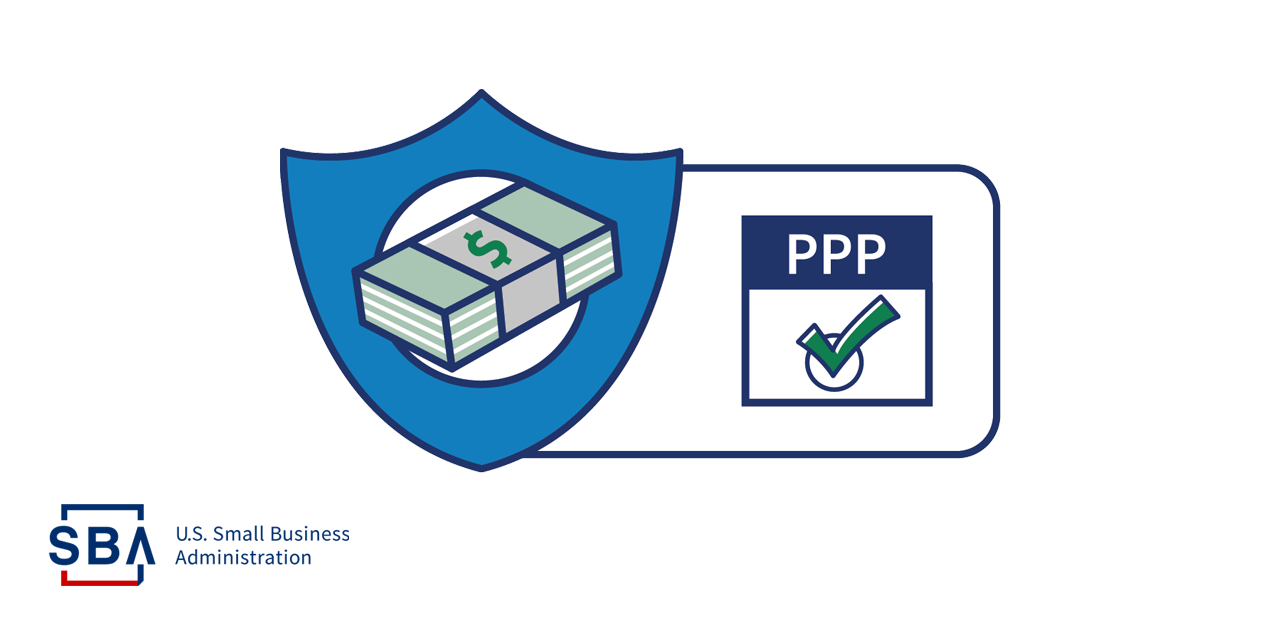Leverage these four emerging business trends to give your business an edge in the new year.
For small businesses across America, 2020 has been one of the most challenging years in history. Despite the coronavirus pandemic, small business owners have been resilient, pivoting, and adapting their business models to navigate continually changing conditions. With the new year on the horizon, there are potential new opportunities to take advantage of and ways to adapt to challenges you may face. Here are a few business trends that are likely to dominate in 2021, along with tips on how to position your business for growth:
Businesses will continue to prioritize e-commerce. While e-commerce was already growing before the pandemic, a report by IBM shows the shift away from physical stores to digital shopping has sped up by roughly five years. According to the report, e-commerce is projected to grow by 20% in total in 2020. To prepare for this shift in consumer spending, fine-tune your small business’s e-commerce presence in 2021. Create a seamless e-commerce experience for your customers by making your site mobile-friendly.
Alternative payment options will proliferate. Another trend that is likely to last into 2021 and beyond is the dominance of alternative payment options. In their annual State of Retail Payments study, the National Retail Federation found that no-touch payments (e.g. contactless credit and debit cards or mobile pay) for retailers have increased 69% since January. Among retailers that have implemented contactless payments, 94% expect the increase to continue over the next 18 months. Heading into next year, explore touchless payment options for your small business, including online payments with curbside pickup.
Remote work will persist. During the pandemic, many small businesses shifted to part-time or full-time remote work schedules in response to local ordinances. According to a survey by Intermedia, 57% of small to medium-sized business owners said they will continue to offer remote work options in the long term. Depending on your type of business, you may need to consider offering remote work options to compete for talented workers in 2021 and beyond. This also means that you may need to invest in additional technology and software solutions going forward to ensure that your employees can telework. For example, another survey from GGV Capital shows that 54% of small business owners spent more on software solutions in 2020 than in 2019, and 75% expect that spending to increase next year.
Businesses that offer virtual services will continue to be in high demand. According to the U.S. Chamber of Commerce, the pandemic has led to increased demand for certain business types, particularly those related to technology and virtual health and fitness. These include cybersecurity, at-home fitness, food delivery, gaming, home improvement, and telemedicine businesses. If you are considering starting a business, or are looking for ways to pivot or expand your business, look to these business categories for inspiration.
For further insights on how you can incorporate these trends into your small business plans for 2021, connect with a local SBA resource partner for expert, tailored advice.
Author


